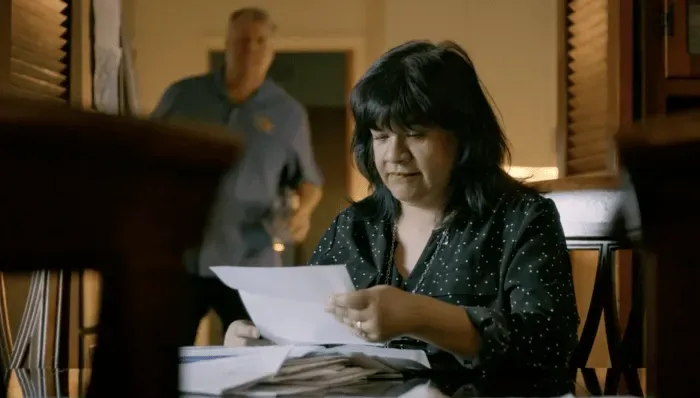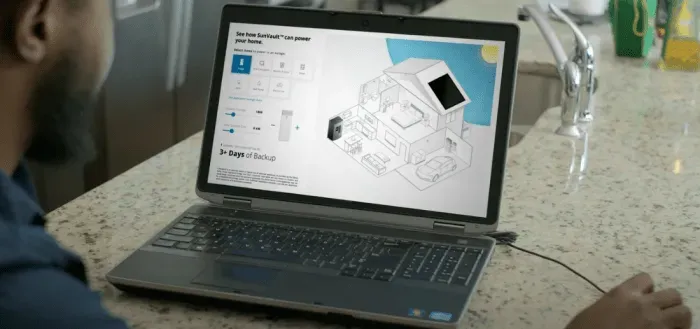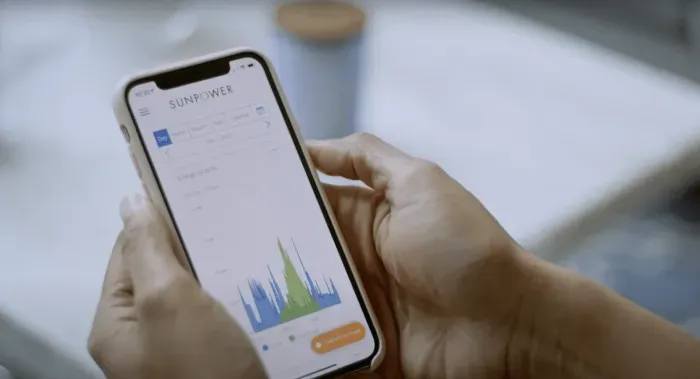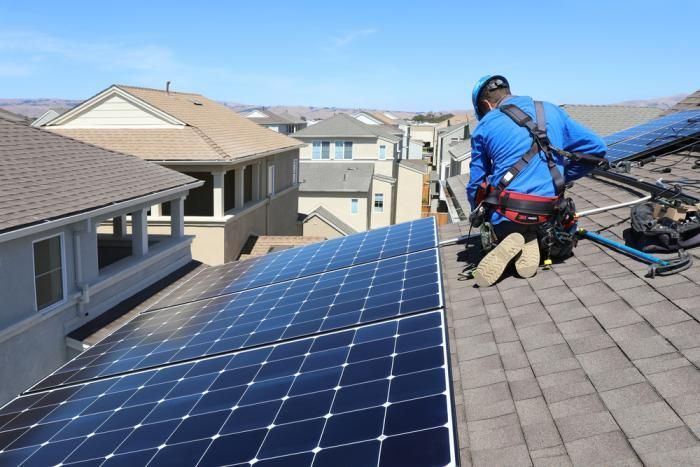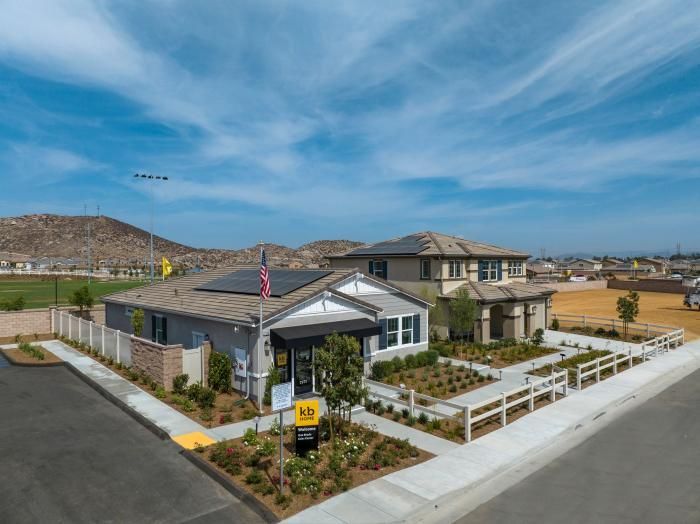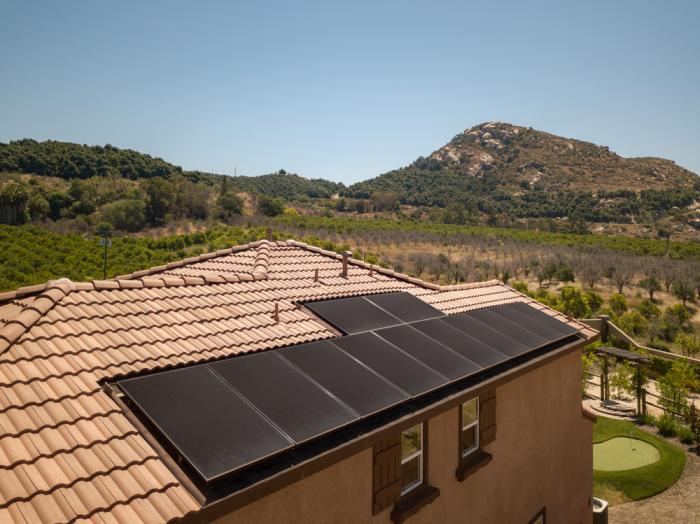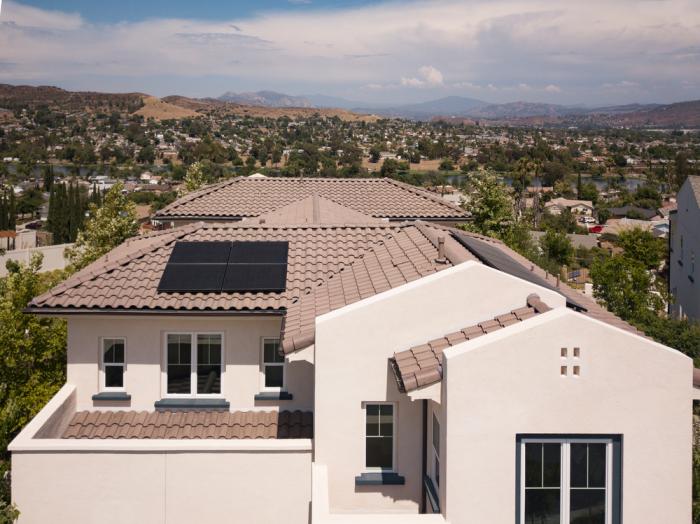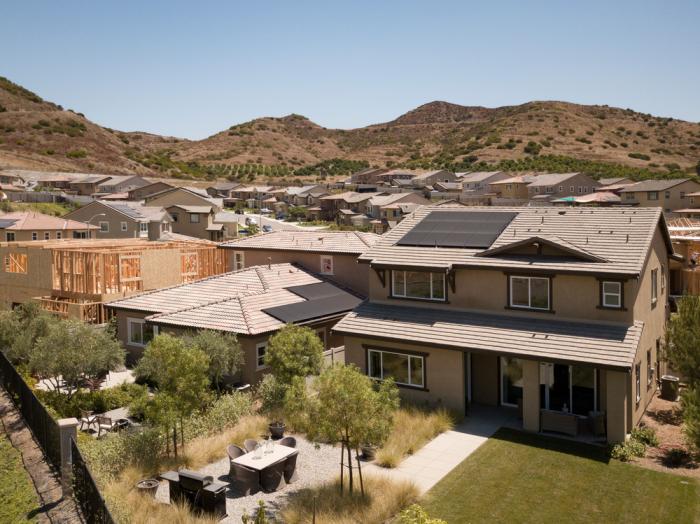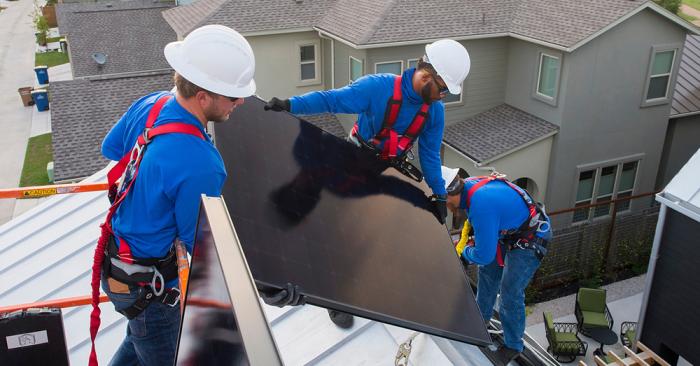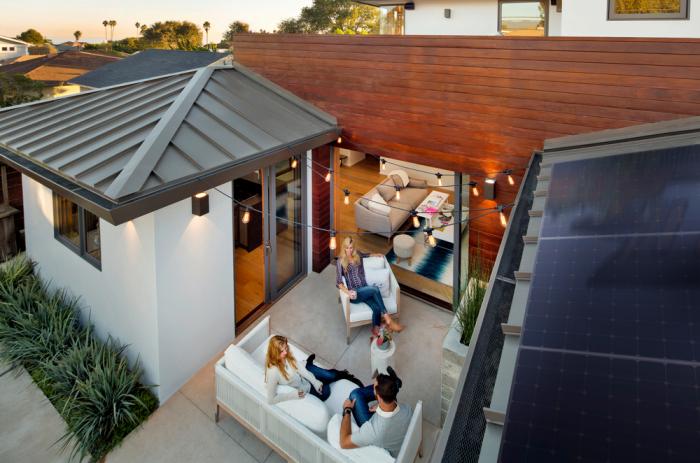Home Solar Goes Virtual Through ConnectedSolutions

In today’s world, just about everything is virtual – from virtual meetings to virtual currency to the innovative realm of virtual reality. With the advent of pairing energy storage with residential solar, homeowners can now participate in virtual power plants or VPPs.
How do virtual power plants or VPPs work?
Virtual power plants trade stored electricity from connected residential batteries to the utility grid when the demand for power exceeds the available supply.
The central premise of the virtual power plant is expanding the resilience and reliability for homeowners to the larger community. Connecting your solar+ storage system with other solar batteries in your area creates a shared supply of clean energy that reduces grid infrastructure costs for everyone and is designed to smooth out fluctuations in demand and supply on the power grid.
For example, on a hot summer day when many neighborhood air-conditioning units turn on at the same time, utilities need additional resources to meet the increased demand. Utilities could ask actual power plants to turn on to meet this need, but it’s often cheaper and more efficient to ask a VPP made up of neighborhood rooftop solar + storage systems to disperse more stable and sustainable energy.
What are the benefits of a VPP?
Customers in select locations with a SunVault storage systemwho decide to enroll in SunPower’s ConnectedSolutions VPP can receive seasonal participation payments. For those that choose to enroll, compensation is based on performance and provided by the homeowner’s local program administrator. Performance is calculated by taking the average kilowatts (kW) your SunVault storage system contributes per event, averaged over the season, and then compared to your typical solar battery use.
Customers can choose how much energy to store for later use, and work with SunPower to determine how much to sell to participating utilities through their SunVault control system. SunPower coordinates the charge and discharge of the battery, sharing energy to the utility on the customers’ behalf while reserving some electricity in the battery for backup power to the home.
With nearly half of homeowners having experienced an outage in the last year, VPPs are a great way for citizens and utilities to work together to reduce those outages – and there’s an added benefit of putting more money into homeowners’ pockets. Unlike other providers, SunPower passes all grid payments in this program directly to participants, who can earn hundreds of dollars per year in exchange for allowing the utility to discharge their battery during times of peak energy demand.
How can I get started?
Currently, SunPower is participating in the ConnectedSolutions program available with Eversource, National Grid, and Cape Light Compact customers in Massachusetts, Rhode Island, and Connecticut. And SunPower has plans to expand VPP opportunities in the future.
Those enrolled in ConnectedSolutions will have the opportunity to participate during their local utilities' VPP season, running June through September each year.
This post originally appeared on the SunPower Resources Blog
Are You Missing Out on Solar Power? Get started online or call us for a free quote 1-833-786-6878

